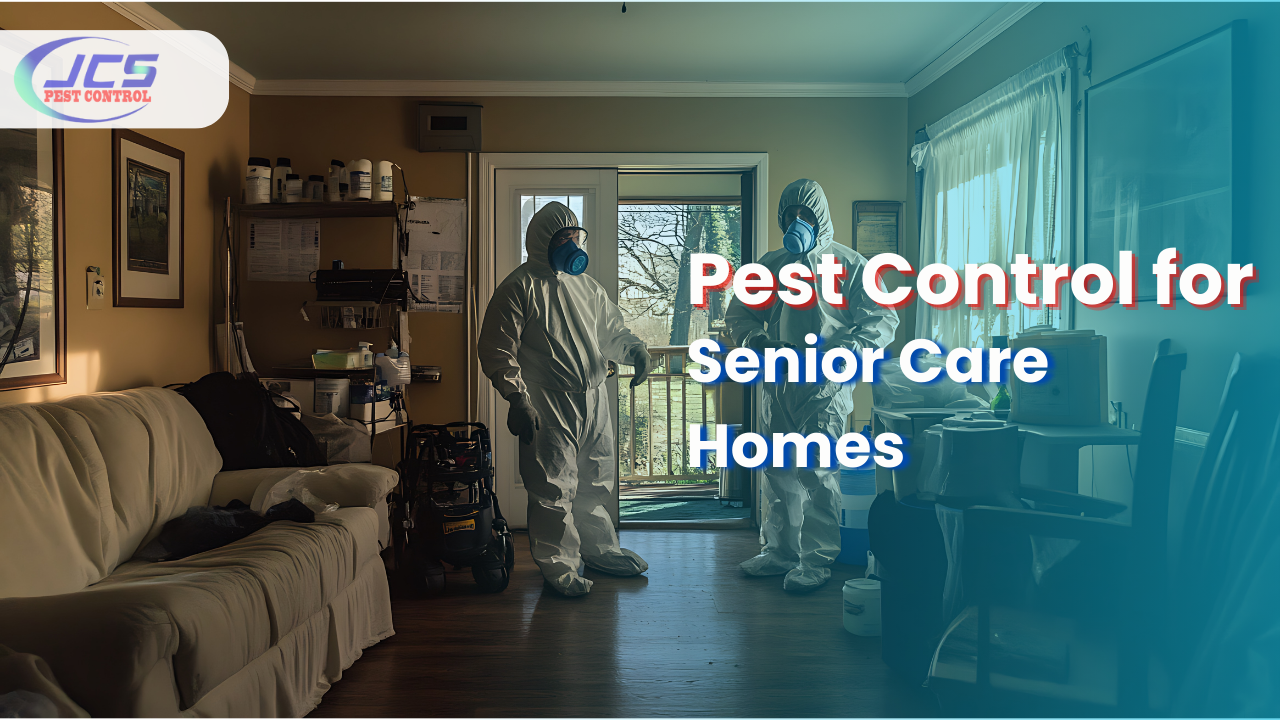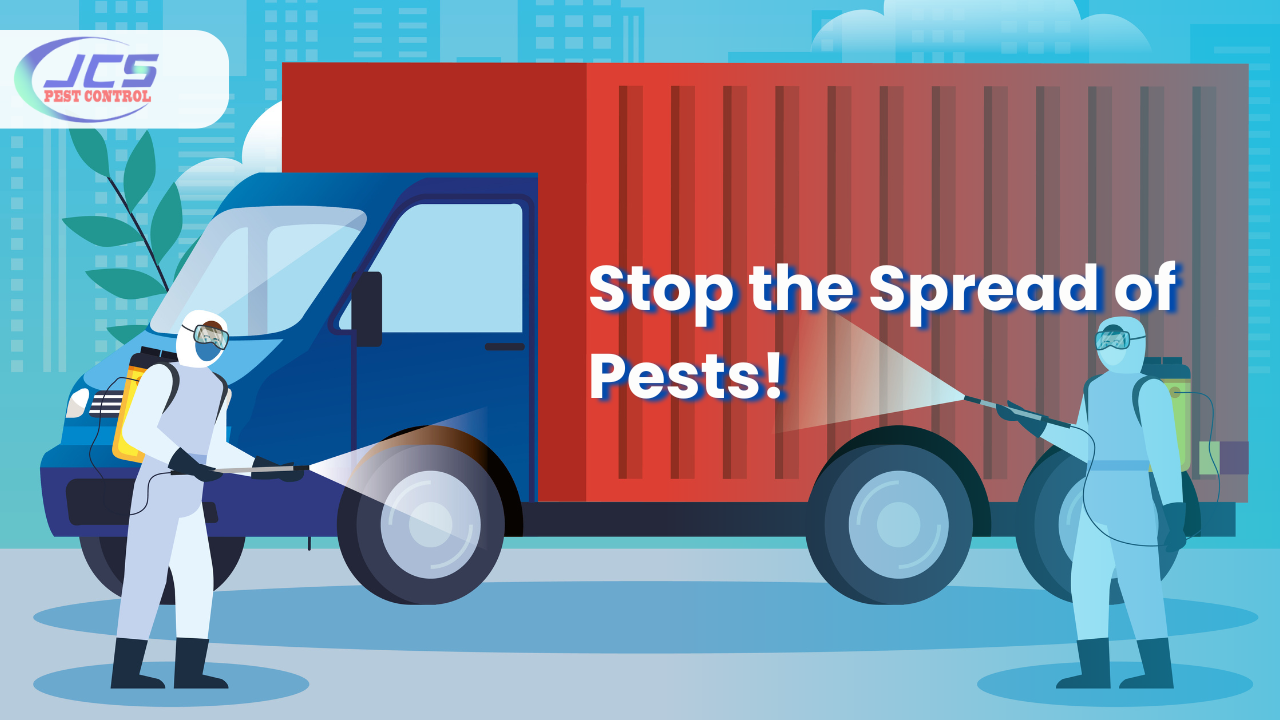Keeping pests at bay is a crucial aspect of maintaining a healthy and comfortable home environment. Pest-proofing not only safeguards your property but also protects the well-being of your family. In this guide, we’ll explore a step-by-step approach to effectively pest-proofing your home.
Prior to strengthening your home’s defenses, it’s essential to assess prevalent pests. Whether it’s cockroaches or termites, understanding these potential invaders is crucial for customizing an effective pest-proofing plan.
Once you’ve identified potential pest threats, the next step is to enlist the assistance of pest control services in Chennai. Choosing the best services ensures a comprehensive and targeted approach to safeguarding your home from these nuisances.
Step 1: Identify Potential Entry Points
Start your pest-proofing journey by thoroughly inspecting the exterior of your home. Look for cracks, gaps, or openings in walls, windows, and doors. Pay attention to utility entry points such as pipes, vents, and electrical lines. Identifying these vulnerabilities is the first step in preventing pests from entering your home.
Step 2: Seal Cracks and Gaps
Once you’ve identified potential entry points, seal them with appropriate materials. Use weather stripping around windows and doors, and apply caulk to seal gaps in walls and foundations. Ensure that all gaps are properly sealed to prevent pests from finding their way indoors.
Step 3: Maintain Proper Ventilation
Proper ventilation not only enhances the overall comfort of your home but also helps in pest prevention. Rodent Control Services In Chennai ensure that vents are equipped with secure screens to keep insects and rodents out. Regularly clean vents to prevent the buildup of debris that might attract pests.
Step 4: Secure Doors and Windows
Install door sweeps on exterior doors to eliminate gaps at the bottom. Repair or replace damaged screens on windows, ensuring a secure barrier against flying insects. Consider using mesh screens for larger openings like chimneys or vents to deter entry.
Step 5: Keep a Clean Yard
Maintain a well-groomed yard to discourage pests from approaching your home. Trim overhanging branches, remove debris, and keep vegetation away from the house. Pests often use plants and shrubs as a bridge to access your home, so creating a clear perimeter helps prevent infestations.
Step 6: Proper Waste Management
Dispose of household waste promptly and securely in tightly sealed bins. Regularly clean garbage cans and compost bins to eliminate odors that may attract pests. Keep these containers away from the house to minimize the risk of infestation.
Step 7: Repair Water Leaks
Pests are attracted to moisture, so addressing water leaks promptly is essential. Inspect faucets, pipes, and any areas prone to leaks regularly. Repairing leaks not only helps in pest prevention but also contributes to the overall maintenance of your home.
Step 8: Pest-Resistant Landscaping
Choose plants that are less attractive to pests for your landscaping. Some plants naturally repel insects, contributing to a pest-resistant environment. Additionally, consider using pest-resistant mulch to create an extra layer of protection around the perimeter of your home.
Step 9: Regular Inspections
Make pest inspections a routine part of your home maintenance schedule. Regularly check for signs of pest activity, such as droppings, nests, or gnaw marks. Early detection allows for prompt action and prevents minor issues from turning into full-blown infestations.
Pest-proofing your home is a proactive and effective way to ensure a pest-free living space. JCS Pest follows this step-by-step guide, so you can create a resilient defense against common pests. Regular maintenance, timely repairs, and a commitment to cleanliness will not only protect your property but also contribute to the overall well-being of your household.




